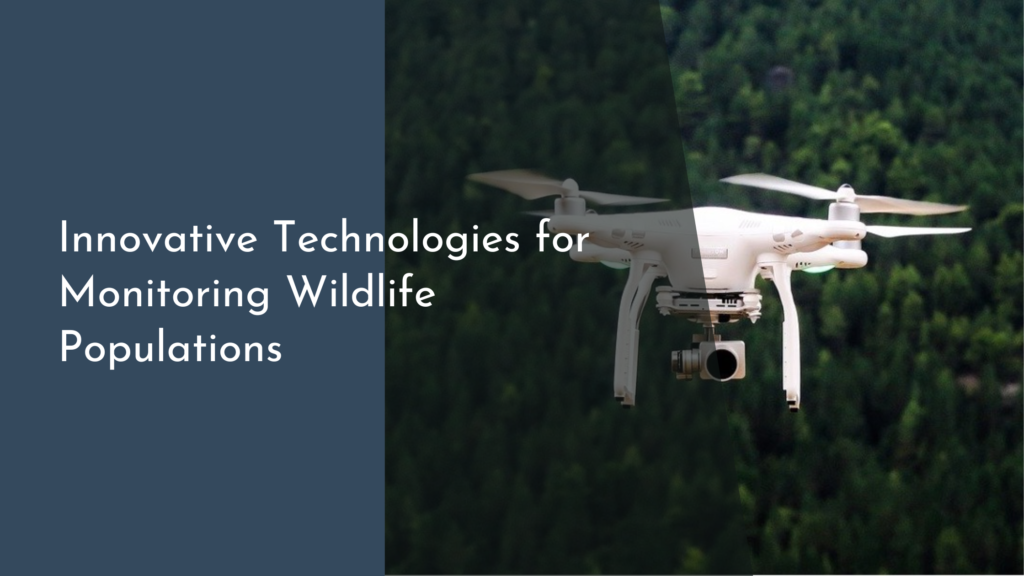Urban Forestry in Balancing Urban Future Economies
As cities continue to grow and evolve, the need for sustainable practices becomes increasingly critical. Urban forestry emerges as a pivotal player in this transformative journey, balancing the need for economic growth with environmental stewardship. With trees and green spaces, urban areas can not only beautify their landscapes but also enhance the quality of life for residents, support local economies, and mitigate the effects of climate change. Let’s explore the multifaceted benefits of urban forestry and its vital role in shaping our cities’ futures.
The Green Advantage: Urban Forestry’s Economic Benefits
Urban forestry brings significant economic advantages to cities, acting as a catalyst for growth and development. The presence of trees in urban areas has been proven to increase property values by as much as 15%, making neighborhoods more attractive to potential buyers and investors. Furthermore, trees contribute to reduced energy costs by providing shade in the summer and acting as windbreaks in the winter. This not only saves money for residents but also reduces the overall energy demand on local utilities, leading to less strain on infrastructure.
In addition to property value and energy savings, urban forests support job creation and enhance local economies. The maintenance and management of green spaces create employment opportunities in landscaping, horticulture, and environmental services. Moreover, eco-tourism can thrive in well-maintained urban forests, drawing visitors and generating revenue for local businesses. As cities recognize these green benefits, they are increasingly investing in urban forestry programs and initiatives that promise both immediate and long-term economic returns.
Cultivating Community: Trees and Local Business Growth
Trees play a vital role in fostering community spirit and encouraging local business growth. Studies show that tree-lined streets attract more foot traffic, which is essential for the success of local shops and restaurants. When consumers enjoy their surroundings, they are more likely to linger, explore, and make purchases. This phenomenon, known as the "retail tree effect," illustrates how investing in urban greenery can directly benefit small businesses and enhance the vibrancy of local economies.
Moreover, urban forestry initiatives often serve as community focal points, where residents come together for tree planting events, educational programs, and recreational activities. These gatherings not only strengthen social ties among neighbors but also cultivate a sense of pride in one’s community. By promoting local stewardship of green spaces, residents are more likely to support the businesses nearby, creating a symbiotic relationship that propels economic growth while enriching the community fabric.
A Breath of Fresh Air: Enhancing Urban Livability Together
In urban settings, where concrete and asphalt dominate, the presence of trees is crucial for improving air quality and overall livability. Urban forests act as natural air filters, absorbing pollutants and releasing oxygen. This is particularly beneficial in cities plagued by high levels of pollution, making them healthier places for inhabitants. Improved air quality can lead to a decrease in respiratory issues and other health problems, thereby reducing healthcare costs for individuals and communities alike.
Furthermore, urban greenery contributes to psychological well-being, offering respite from the hustle and bustle of city life. Studies reveal that access to parks and green spaces reduces stress and enhances mental health. This has broader implications for urban planning, as cities that prioritize green infrastructure are likely to see healthier, happier residents. By integrating urban forestry into city planning, we can create environments that promote well-being and foster a sense of belonging among residents.
Future-Proofing Cities: Sustainable Practices for Tomorrow
Sustainable urban forestry practices are essential in future-proofing cities against climate change and other environmental challenges. Incorporating native tree species into urban planning can enhance biodiversity while ensuring that trees are more resilient to local climate conditions. By creating multi-functional green spaces, cities can effectively manage stormwater, reduce the urban heat island effect, and promote wildlife habitats, all of which contribute to a healthier ecosystem.
Moreover, education and community engagement are key components in achieving sustainable urban forestry goals. Cities that involve local residents in decision-making processes and tree care initiatives empower communities to take ownership of their environment. This collaborative approach not only fosters a deeper connection between residents and their green spaces but also promotes sustainable practices that can be passed down through generations, ensuring that cities are prepared for future challenges while thriving economically and socially.
Urban forestry stands as a beacon of hope in the quest for sustainable urban development, demonstrating that green spaces can be powerful allies in enhancing economic vitality and community well-being. By recognizing the multifaceted benefits of trees and making conscious efforts to integrate them into urban planning, we can create cities that are not only economically robust but also livable and resilient. As we move forward, let’s celebrate and invest in urban forestry, ensuring that our cities bloom for generations to come.


